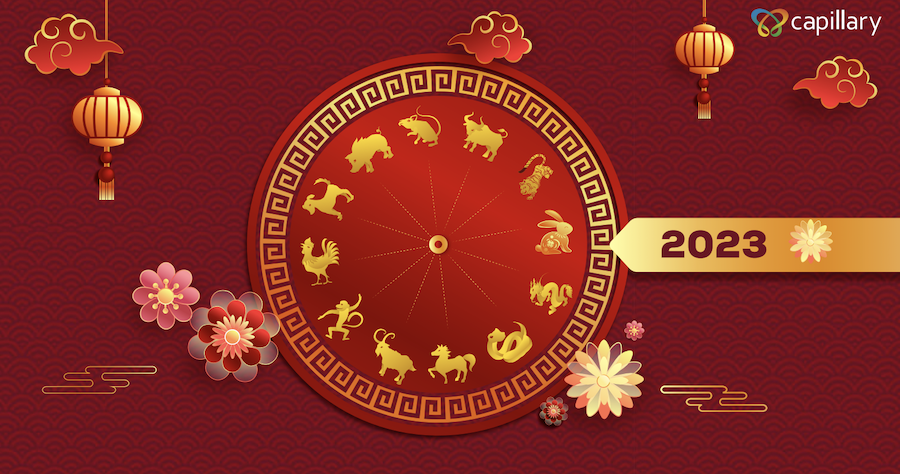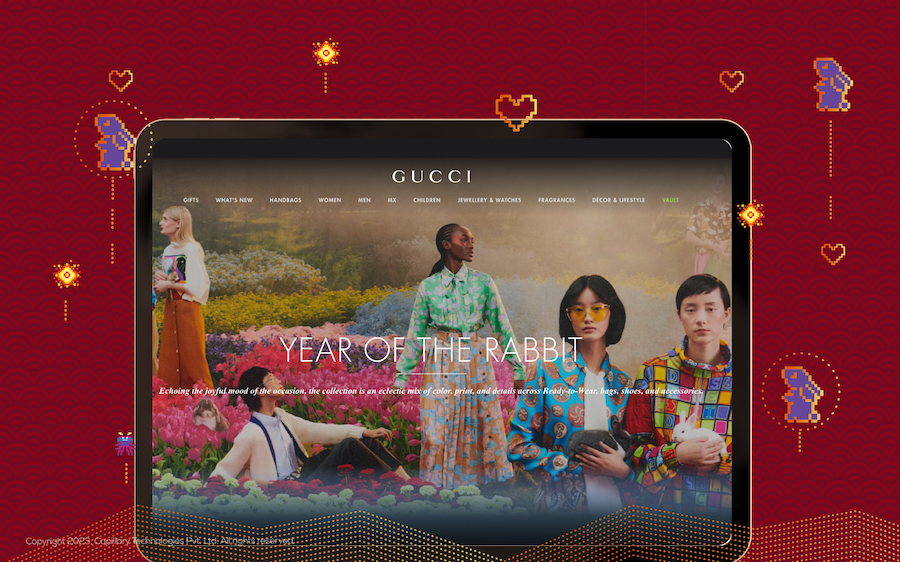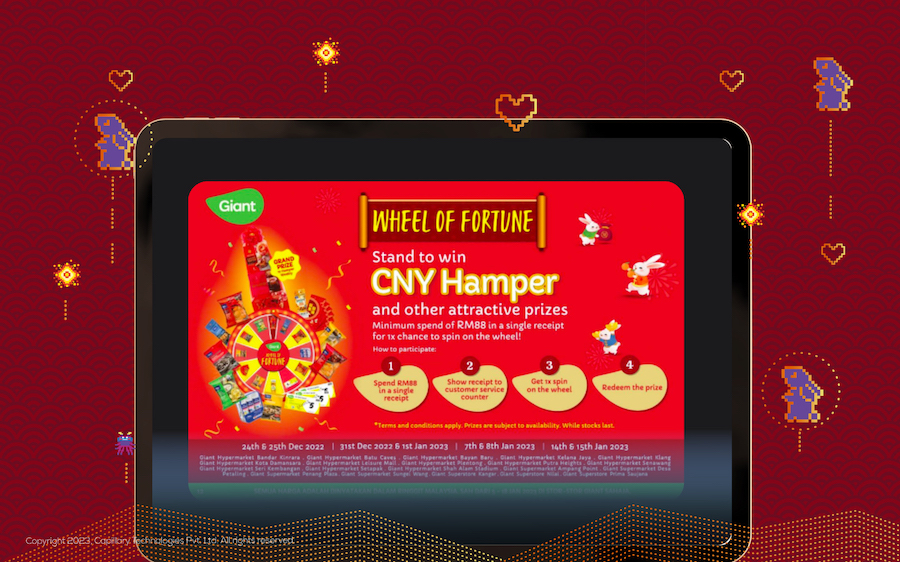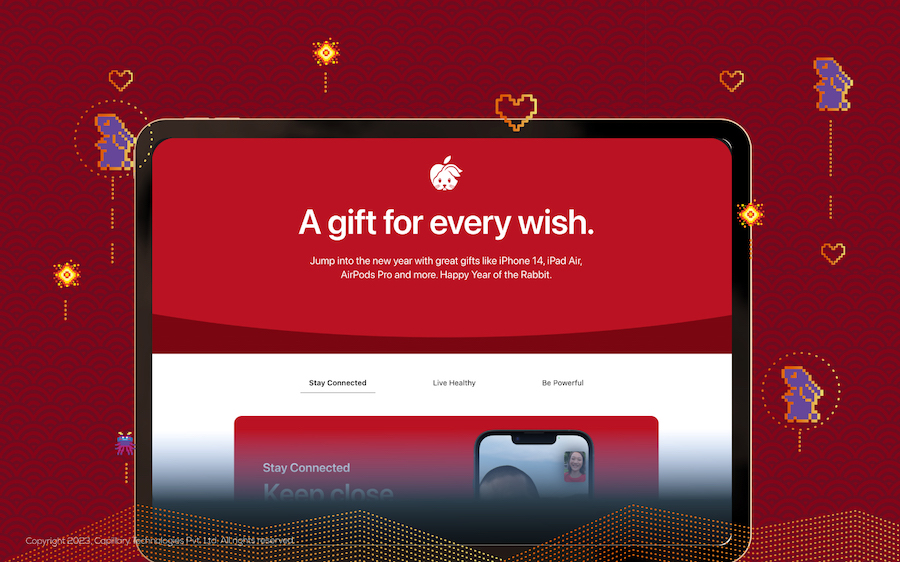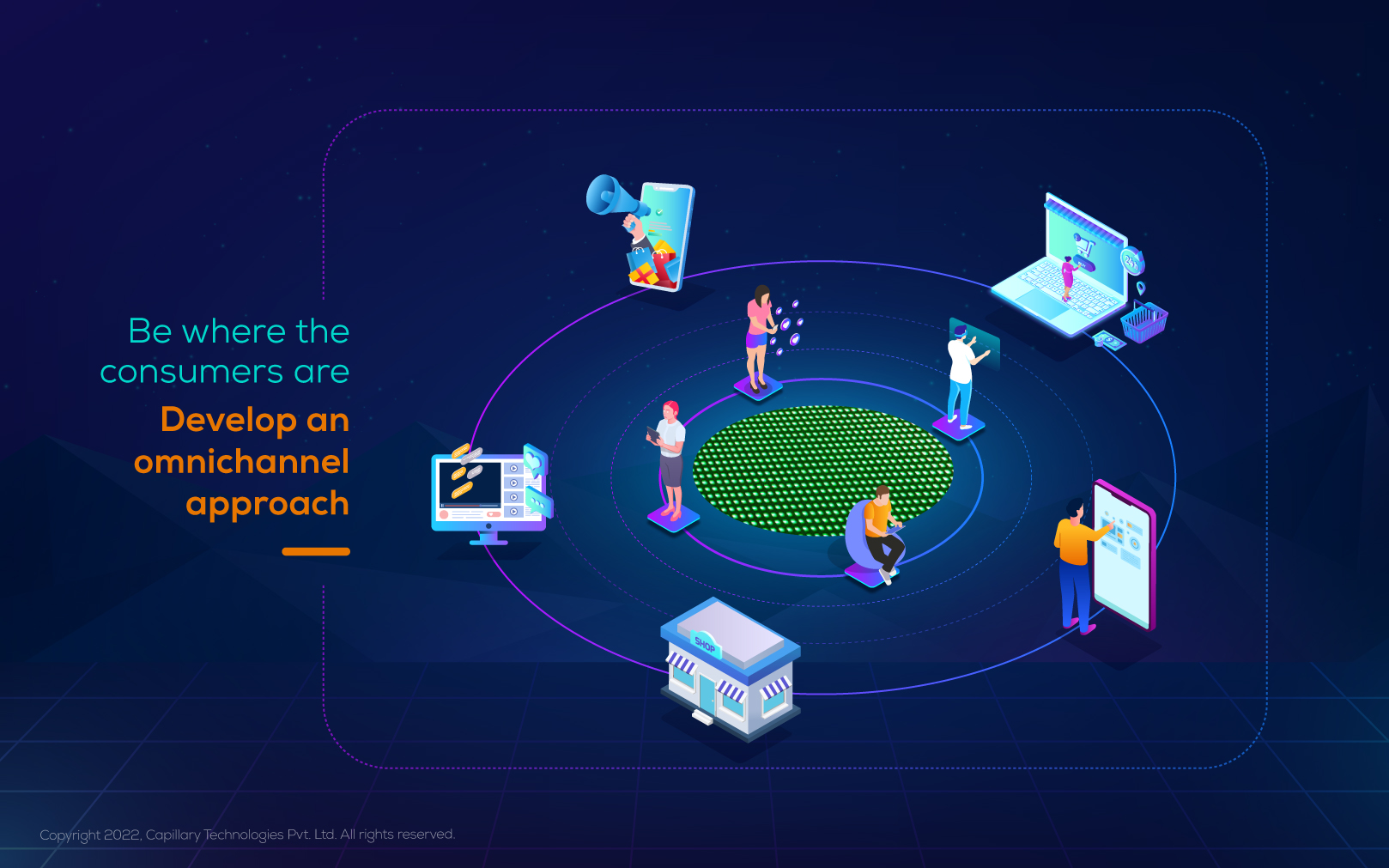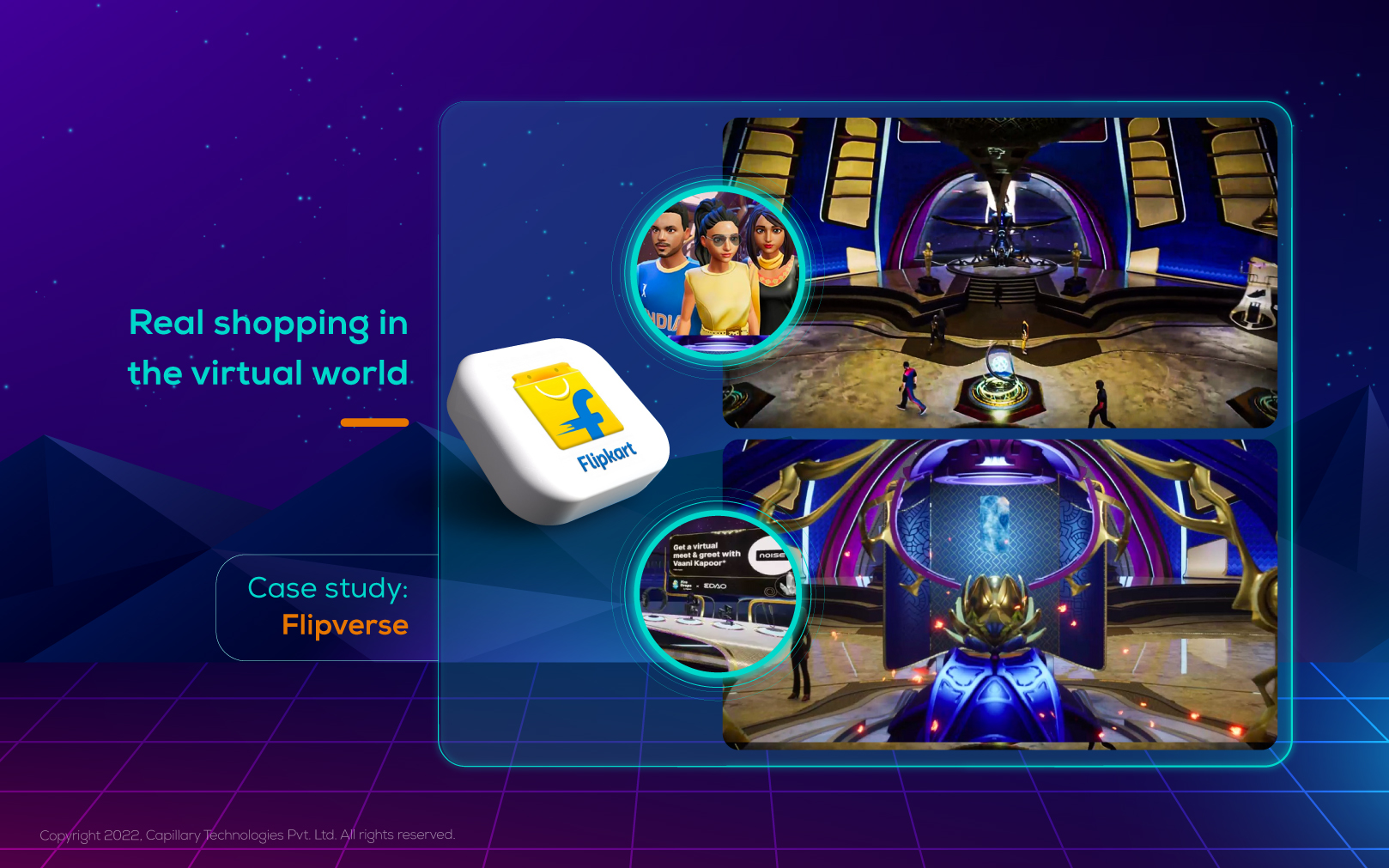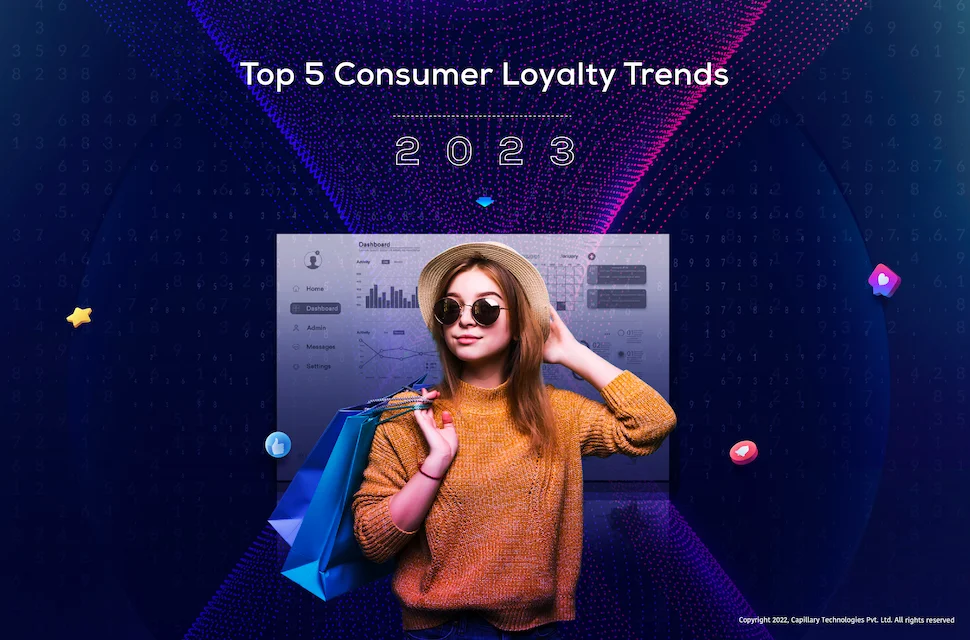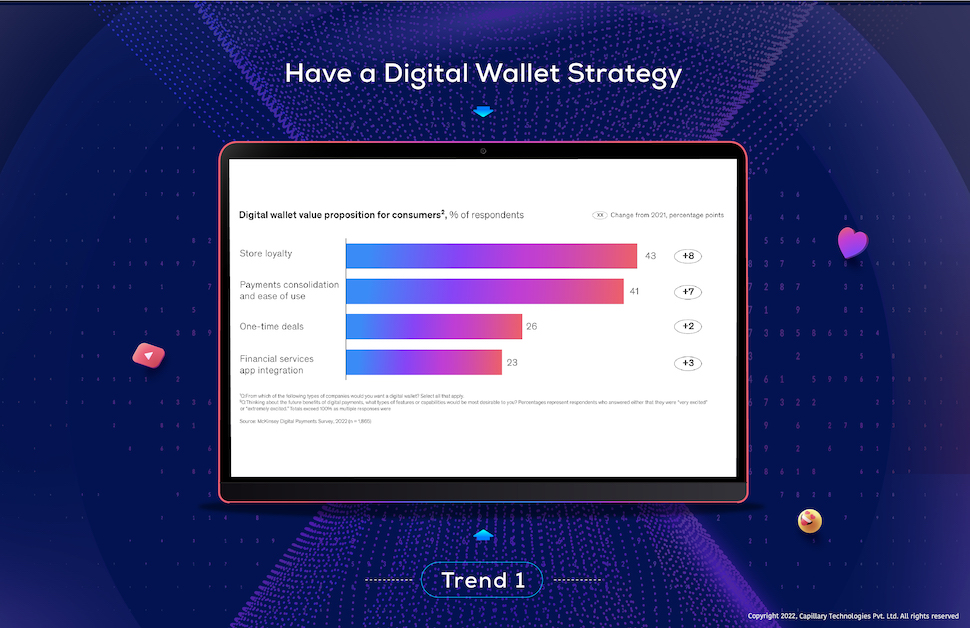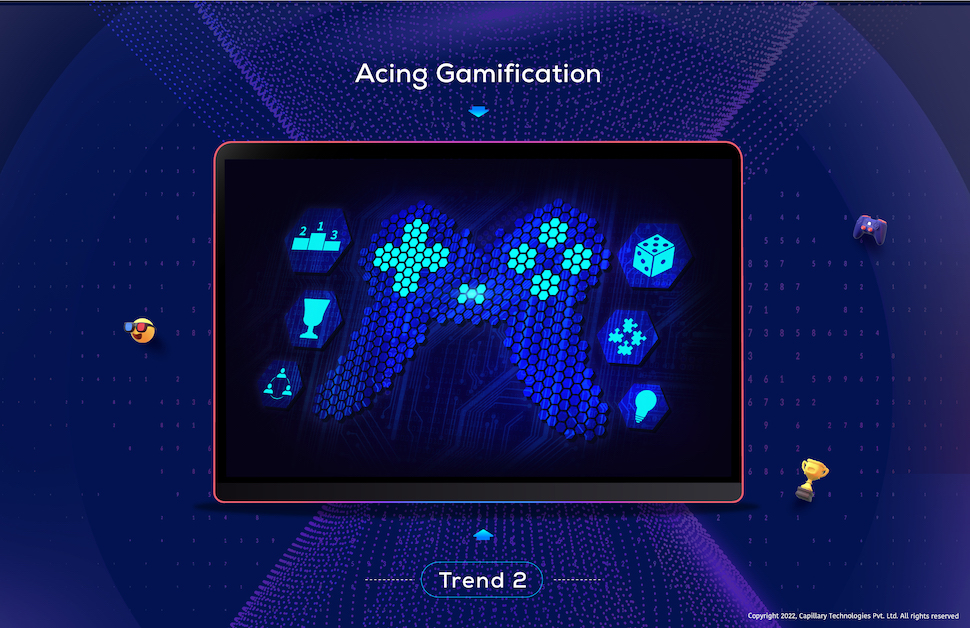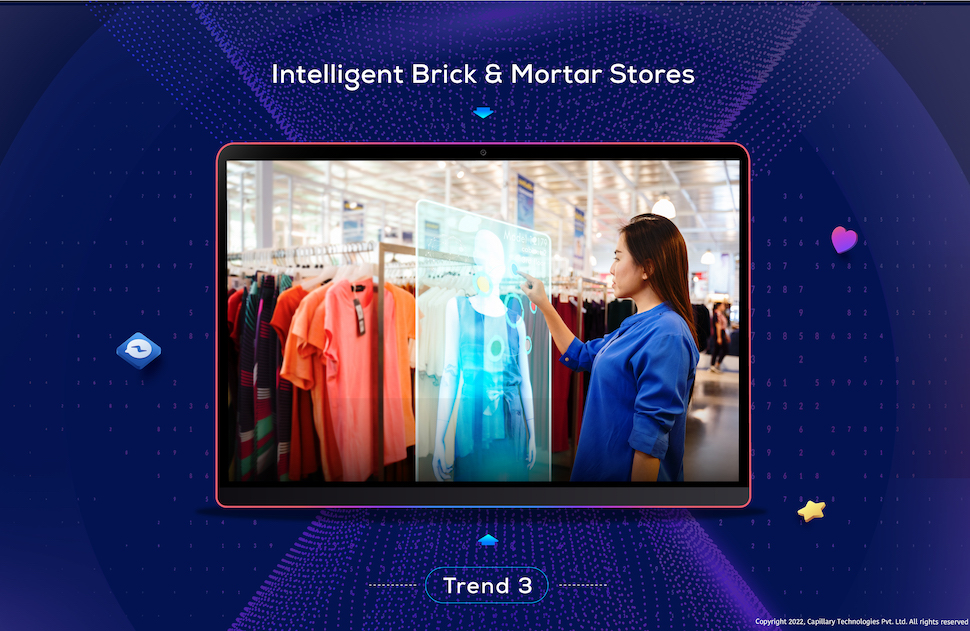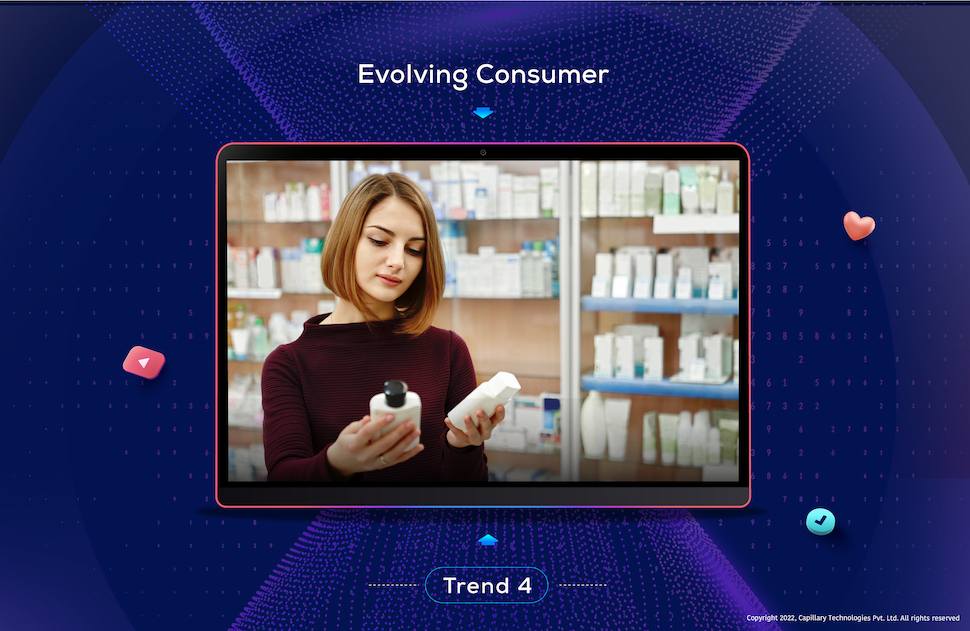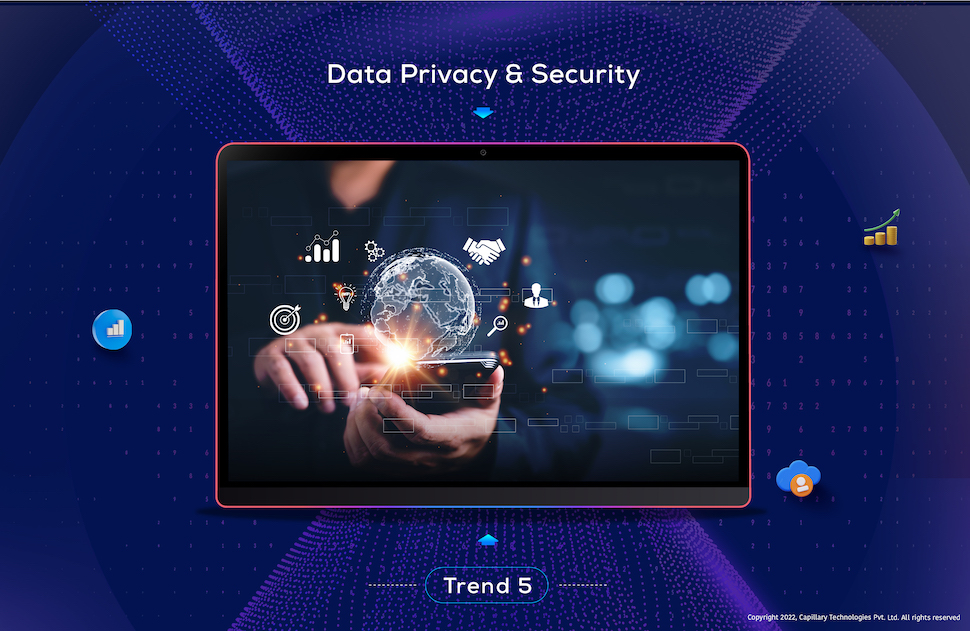Every year Chinese New Year (also called the Lunar New Year) sets a grand stage for retailers and consumers alike. With the rising population of Asians in every part of the globe and a ubiquitous China market finding a home in every metropolitan city, CNY celebrations have become a global phenomenon. In fact, London is renowned for its magnanimous Lunar New Year Celebrations every year followed by California which is all set to embrace this tradition in Disney California Adventure Park this 2023. Last year, some fashion brands across the US and the UK too embraced this tradition by incorporating festive elements into their collection.
This year is more special as it marks the year of the ‘Wood Rabbit’ – which happens once in a 60-year cycle. Being the year of the Rabbit, the Chinese New Year 2023 does bring in wit, luck, and optimism for everyone. Starting on January 22nd this year, the celebrations will last till February 1st and some of the most inspiring brands have restructured their marketing and engagement strategies to woo a larger global audience now. Since gifting is a very crucial and the most common part of the Lunar New Year tradition practiced by Asians, global brands have stepped up to raise their quarterly sales despite the 2-week-long shutdown in some of the popular Asian markets. In this blog, we will take a look at the top 5 brands from different industries that are all set to win and engage customers with Chinese New Year gamification ideas. These can be looked at as ideas for other brands to spin up innovative customer engagement campaigns during festivities:
1. Food & Beverage: Lurpak’s Digital Engagement Strategy
Spinning in the gamification engagement strategy well in time is Lurpak, bringing in a treat for all the home bakers with its Bake Up Prosperity – Spin, Win, and Ong this Chinese New Year (also see an introduction to gamification in reward programs). Customers stand a winning chance to take home some of the sure-shot prizes such as Branded Electric Oven, RM8 Credit Limited Edition TnG Card, Thermal Cooler Bag, and other RM8 CNY E-Angpow Rewards. They have also broadcasted a super cool video of home bakers to connect well with their audience and create brand awareness during this time.
2. Luxury: GUCCI raising the stakes on hyper-personalization
When it comes to luxury and fashion, GUCCI never disappoints. Like every year, this year too GUCCI launches its spring collection with colorful rabbit imprints on knitwear, t-shirts, shoes, and watches with exclusive pieces for men, women, and kids exhibiting unique geometric graphics and contrasting hues. Available in select stores, customers can also send a personalized e-card using the festive elements from the curated selection of GUCCI to their loved ones.
3. Hypermarkets: Giant’s in-store weekend bonanza
Giant – Malaysia’s grocery veteran with over 46 stores spread across the peninsular region has packed a special Lunar New Year Hamper during this period. Besides running regular offers and discounts every single day starting January 2023, customers with a minimum purchase of RM88 (on a single receipt) get a chance to spin the brand’s Wheel of Fortune at some of the selected stores in the city during weekends. This is a great crowd-puller for weekends thereby increasing the overall footfall of the store and keeping up with the festive spirit at the same time (check out Capillary’s solutions for retail).
4. Electronics: Apple’s emotional connection with customers
Never failing to strike an emotional chord with customers is Apple who launched its exclusive Chinese New Year homepage to welcome the Lunar New Year celebrations – offering a wide range of special discounts on their bestselling products during this time in some parts of the globe. Just a month back, Apple released Rabbit AirPods Pro with a rabbit engraving on it giving a perfect opportunity to its customers for gifting during this period.
5. Café & Restaurants: Starbucks for hearty Lunar New Year treats
The globally renowned American multinational chain of coffee houses – Starbucks is all set to dazzle its customers with the launch of 2023 Chinese New Year collection. At the onset of every lunar calendar, the brand offers a range of assortment in the form of mugs, tumblers, jars, cups, and gift vouchers – this year with Rabbit as the Chinese Zodiac imprint on its merchandise. Their range is not just restricted to merchandise but also food as they include cookies, breakfast, and beverage lineup tweaked to suit Lunar New Year festivities.
How marketplaces also run the show during Lunar New Year
While offline stores have created their story, online marketplaces shine with soaring sales during this time. Online sellers like Shopee, Lelong, Lazada, and Aliexpress have often mentioned that the sales during Lunar New Year are quite similar to the sales observed during other holiday seasons like Thanksgiving and Black Friday. In fact, one of the most incredible statistics is that in 2021, online retail sales were 821 Billion Yuan during the Chinese New Year, despite the pandemic. Owing to the brief migration of a large Asian population, marketplaces often become easy access to send and receive gifts.
Irrespective, of whatever medium your brand chooses to sell your product or service on during this celebratory period, make sure you do not forget to engage with your customers at the right time and at the right place with the most befitting loyalty and engagement strategy. Start gamifying your brand for Chinese New Year!
